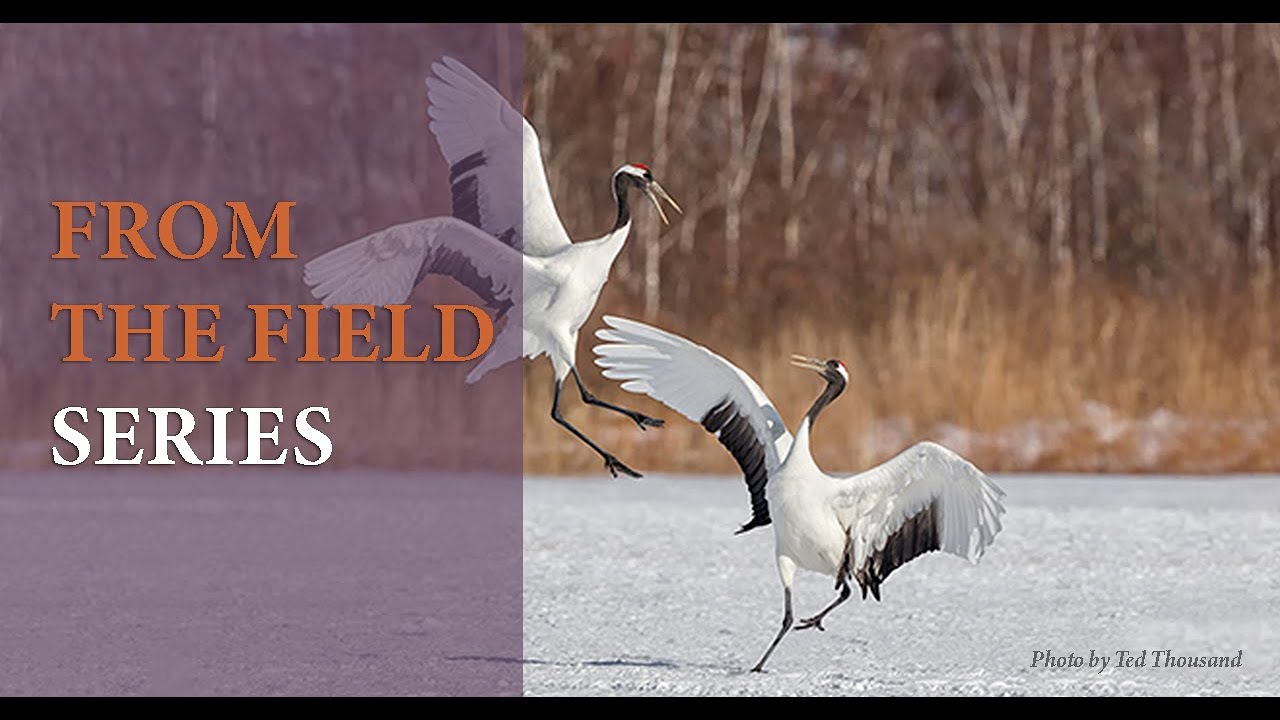Unveiling the Meaning of Conservation Success for Vulnerable Cranes, Wild Places, and Communities
Summary:
– Discover the multifaceted definition of conservation success beyond preventing species extinction
– Delve into the intriguing concept of the IUCN Green Status of Species and its implications for crane species conservation
– Join the upcoming webinar with our President and CEO, Rich Beilfuss, to explore the intricate relationship between cranes, wild places, and human communities
– Learn about the sponsored event in memory of Paul W. Thiede, celebrating a lifelong passion for nature, birding, and cranes
The realm of wildlife conservation tirelessly strives to protect and preserve our planet’s magnificent creatures and their natural habitats. Among these captivating animals, cranes have captivated the hearts of many with their graceful presence and captivating behavior. In an ever-changing world, understanding the essence of conservation success shines a light on the intricate relationship between vulnerable crane species, their wild places, and their surrounding communities.
Recently, the conservation status of Black-necked Cranes and Red-crowned Cranes underwent a significant alteration, suggesting a less difficult path forward. While reducing the risk of extinction for these species is undoubtedly cause for celebration, true conservation success extends beyond this initial milestone. To unveil the deeper layers of this concept, let us explore the thought-provoking insights to be shared by our esteemed President and CEO, Rich Beilfuss, in the upcoming webinar.
The webinar, titled “Red or Green: It’s Not Just About Hot Salsa and Traffic Lights! What Does Conservation Success Mean for Vulnerable Cranes, Wild Places, and Communities?” promises to be an enlightening journey into the complexities of conservation efforts. On Thursday, September 9, at 11 a.m. Central Time, this event offers a unique opportunity to delve into the future of crane species conservation and our success in securing their survival.
One of the fundamental aspects Rich Beilfuss will discuss is the introduction of the IUCN Green Status of Species, an innovative approach that revolutionizes our understanding of conservation success. This new framework transcends the conventional “red list” approach and comprehensively assesses a species’ well-being. By considering multiple dimensions of health, population size, and ecological roles of a species within its environment, the IUCN Green Status offers a fresh perspective on the future of crane species.
Crane conservation encompasses the protection of individual species and the critical preservation of their wild places. These majestic birds thrive in diverse habitats, ranging from pristine wetlands to grasslands teeming with life. We aim to safeguard these vital ecosystems through conservation initiatives, recognizing that protecting a species means preserving the intricate web of life that sustains them.
What makes crane conservation even more fascinating is the profound impact these efforts have on human communities. Rich Beilfuss will undoubtedly illuminate the intertwined relationship between cranes, wild places, and the people living alongside them. The preservation of wild habitats ensures the survival of an array of species and safeguards crucial ecosystem services such as clean water, air, and climate regulation. Moreover, the protection and revival of crane habitats provide economic opportunities through ecotourism, further underscoring the significance of conservation efforts for local communities.
As we eagerly anticipate the upcoming webinar, it is important to highlight the significance of our event’s sponsorship in memory of Paul W. Thiede. Paul and his wife Ellen shared a lifelong love for nature, birding, and cranes. Their commitment to conservation inspires all those passionate about protecting wildlife and their habitats, and we honor their legacy with dedication and enthusiasm.
In conclusion, the meaning of conservation success extends beyond preventing extinction. It encompasses the revitalization and preservation of wild places, the coexistence of human communities, and the implementation of innovative frameworks such as the IUCN Green Status of Species. By joining our esteemed President and CEO, Rich Beilfuss, in our upcoming webinar, we embark on a transformative journey of understanding where the intricate relationships between cranes, wild places, and communities become clear. Together, we can shape a future where cranes soar freely, their habitats thrive, and our shared planet flourishes with vibrant biodiversity.
*****
Source Description
https://savingcranes.org/from-field-webinar-series/ Join us for our next From the Field Series webinar with our President and CEO Rich Beilfuss – Red or Green: It’s Not Just About Hot Salsa and Traffic Lights! What Does Conservation Success M Vulnerable Cranes, Wild Places and Communities? – on Thursday, September 9, at 11 a.m. Central Time.
Recently, the conservation status of Black-necked Cranes and Red-crowned Cranes was adjusted to a less precarious category. However, there is more to conservation success than reducing the imminent extinction of a species. In this timely presentation, our President and CEO, Rich Beilfuss, discuss this complex issue and the new IUCN Green Status of Species, which offers a better way to think about the future of many crane species and our success at securing them.
He was sponsored in memory of Paul W. Thiede in recognition of his and Ellen’s life-long love of nature, birding and especially cranes.


